A journey through the ages to little-known Swiss treasures

The 1,000th edition of the art guide “Schweizerische Kunstführer” is out – time for a virtual trip through the archives of Switzerland’s best-selling publication. Here’s a round-up of some special, lesser-known but unmissable art sites in various Swiss cantons.
The blue wonder

Swiss Federal Railways’ so-called “Red Arrow” is famous among train-lovers as the first Swiss fast train. By contrast, the “Blue Arrow”, which took to the rails in Bern in 1938, is often forgotten. As the first electrically powered train it cost half as much and was a much more ground-breaking innovation in the history of the commuter train. A Blue Arrow carriage is on display in the Lucerne Museum of Transport. The last preserved twin car was restored in 2014 and takes passengers on one-off special-occasion trips.
Edition Nr. 960, 2014
Mountain refuge

Mountain-crossing has shaped Swiss history in every era, and hostels have always played an important role as refuges. The Great St Bernard Hospice is interesting in many ways; this is where St Bernards were bred as rescue dogs for many years; this is where Napoleon stayed in the year 1800 with 46,000 men, and next to the splendid choir stalls, the church treasure is wonderfully preserved. It’s worth a visit.
Edition Nr. 556, 1994
The lost war
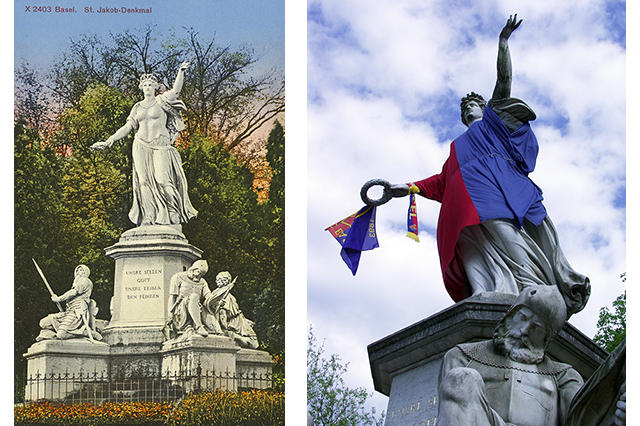
St Jakob’s Memorial in Basel doesn’t attract as many visitors as St Jakob-Park football stadium, but here, too, it’s a matter of victory and defeat. The 1872 sculpture by Ferdinand Schlöth recalls August 26, 1444, when French troops fought against Swiss confederate alliances and almost completely annihilated them. The defeat of the confederates was later glorified and elevated to pan-Swiss mythology.
Edition Nr. 912, 2012
Switzerland’s most beautiful graveyard
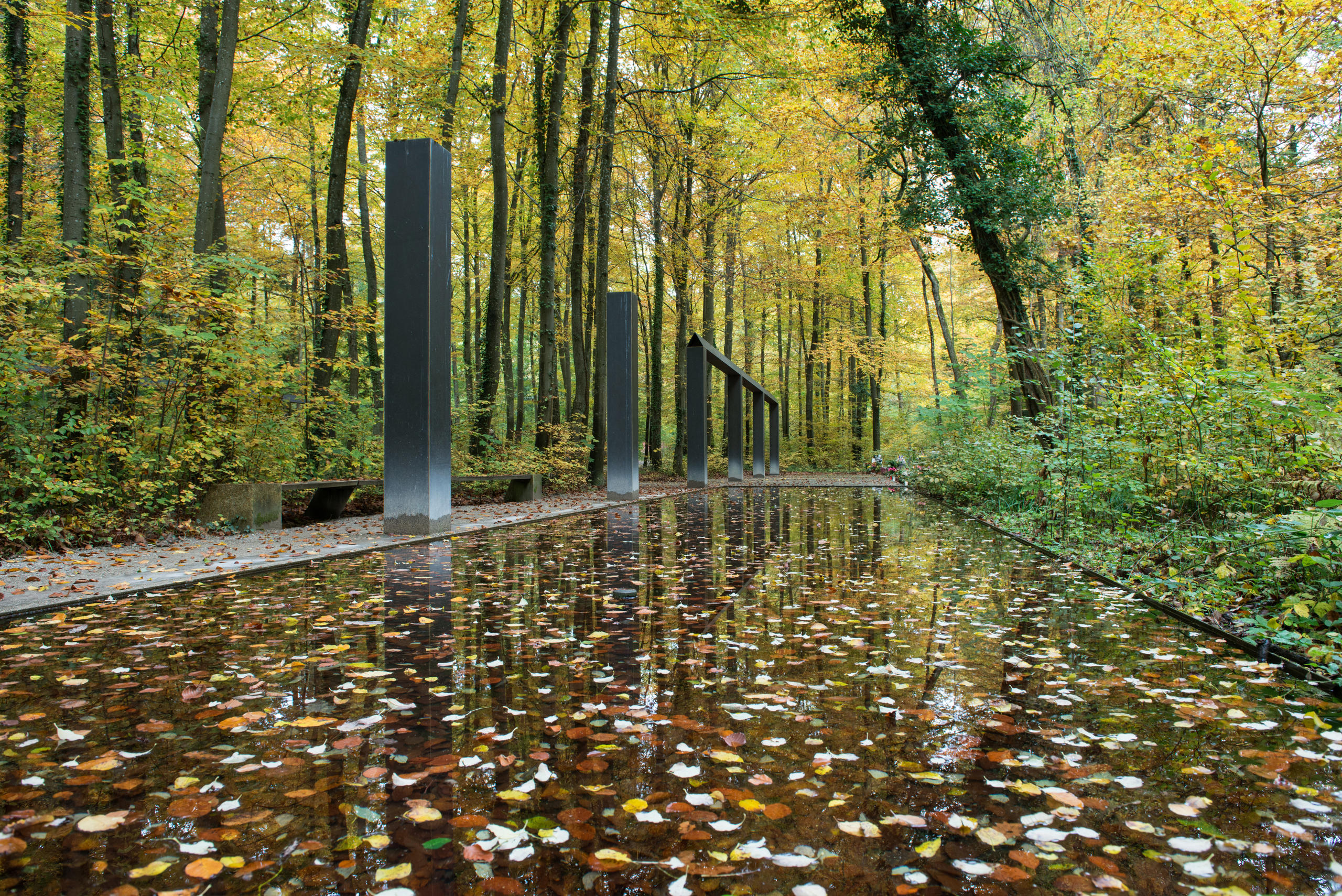
Schaffhausen’s forest graveyard dating from 1914 was pioneering for Switzerland in its time. For the first time, an existing area of woodland was repurposed as a graveyard. The idea originated in Germany. Between the graves there are big patches of woodland with broad paths. Today the graveyard covers 17 hectares and is considered one of the most beautiful parks in Switzerland.
Edition Nr. 949, 2013
An unconquerable fortress
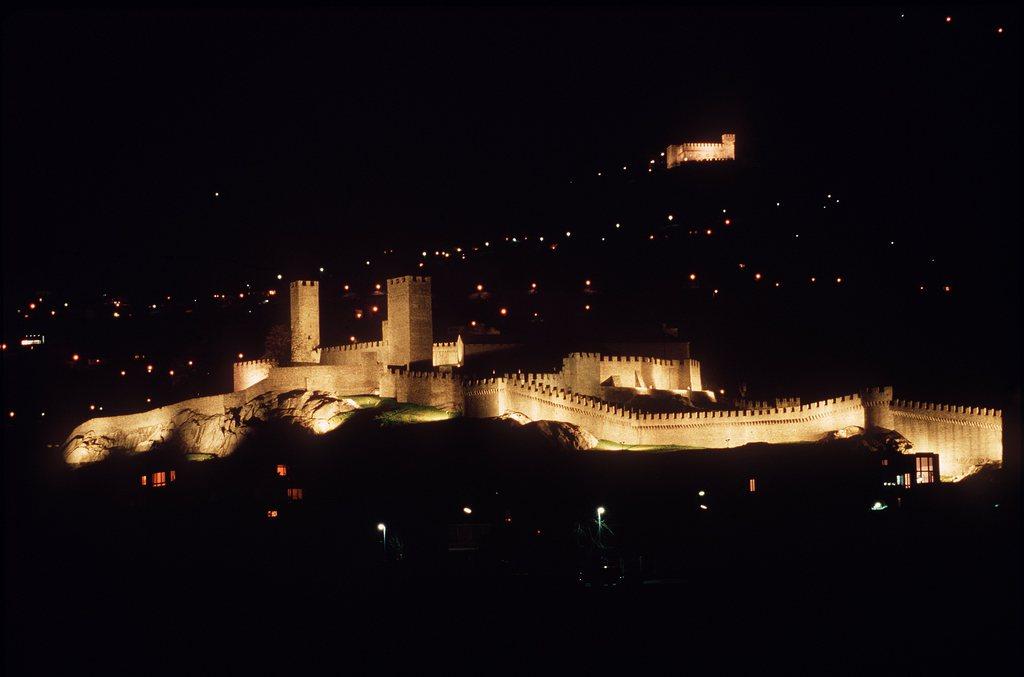
In the Middle Ages, Bellinzona was considered unconquerable. Today it is still clear why – the walls, towers, battlements and gates surrounding the castles of Bellinzona together bear testament to a once-powerful medieval fortress. The dukes of Milan worked diligently to build the dam across the valley in the 15th century, to prevent the militant confederates from making advances to the south. The castles of Bellinzona were named UNESCO world heritage sites in 2000.
Edition Nr. 866, 2010
In the gladiators’ ring
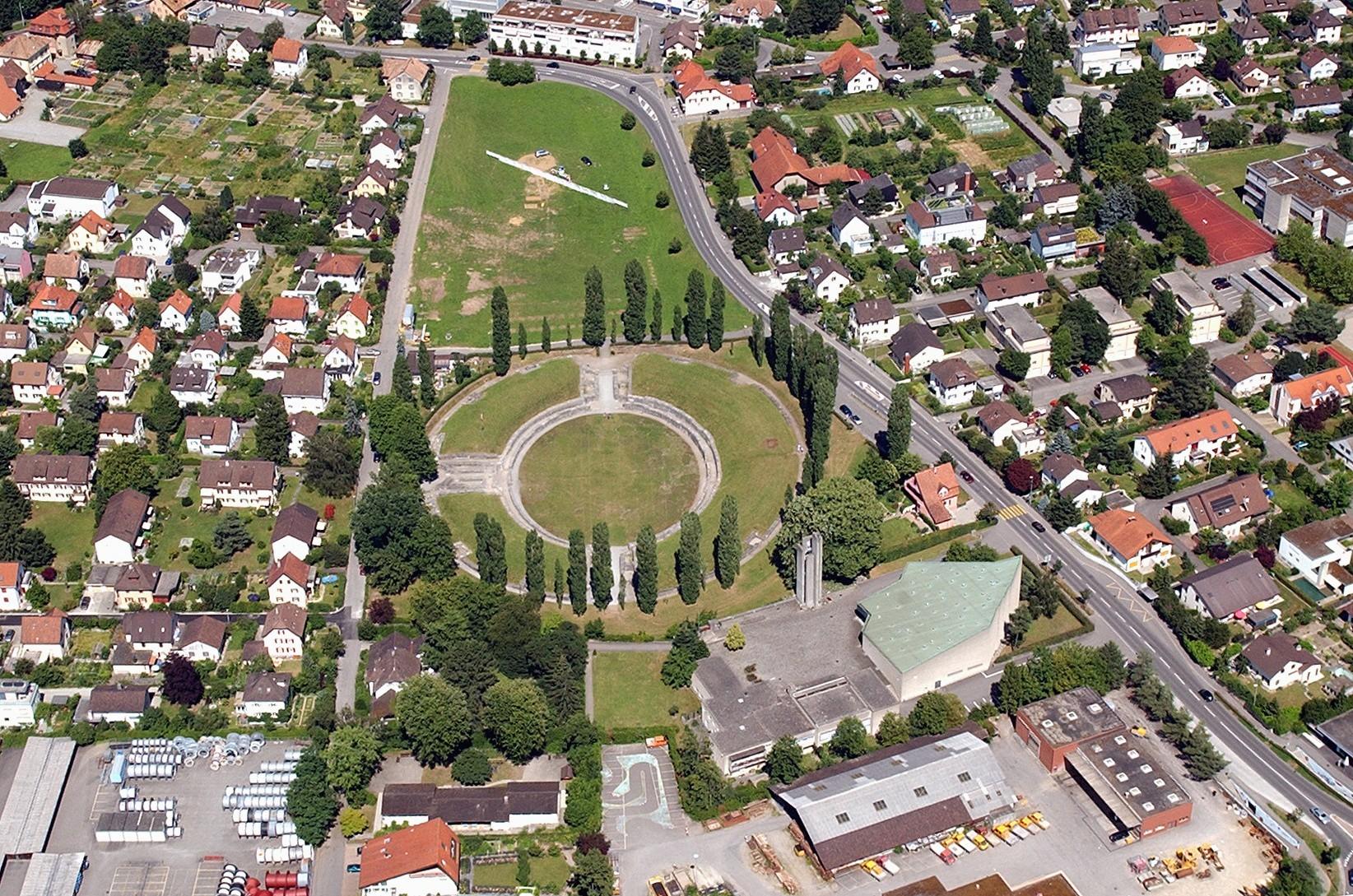
The larger settlements in ancient Rome included amphitheatres, as entertainment was particularly important in the gruelling daily life of a legionnaire. The public was treated to animal-baiting and gladiator battles in the arenas. The amphitheatre in Windisch, which originally seated 11,000, is the biggest and oldest on Swiss soil.
Edition Nr. 885, 2011
At home with Le Corbusier

The famous architect and designer Le Corbusier was born in La Chaux-de-Fonds in 1887. In 1924, long after he had moved to Paris, he built a house for his parents in Vevey on Lake Geneva. Le Corbusier used every centimetre of space in the small, right-angled house. A single, 11-metre long window gives an uninterrupted view of the lake. Today, the villa “Le Lac” is open to visitors as a museum with the original furniture, paintings and family photos.
Edition Nr. 908, 2012
Green oasis
PLACEHOLDER
The botanical garden in Bern has spanned two hectares of the sunny side of the Aarehang hill since 1859. As well as greenhouses for exotic plants, it offers visitors a broad range of native and foreign flora with an Alpine garden, an arboretum, a farmers’ garden and a medicinal herb garden. The public gardens are a popular leisure destination for local residents.
Edition Nr. 874, 2011
Close encounters with the medieval era

A unique treasure is to be found in the church of the 8th century St Johann Convent in Müstair, Canton Graubünden. Colourful frescoes from the dawn of the Middle Ages show scenes from Christ’s life. It is the biggest surviving fresco series dating from this period. Along with many wall decorations, it once covered the entire church. Its discovery in the 1940s was an art-history sensation.
Edition Nr. 733. 2003
A touch of Versailles
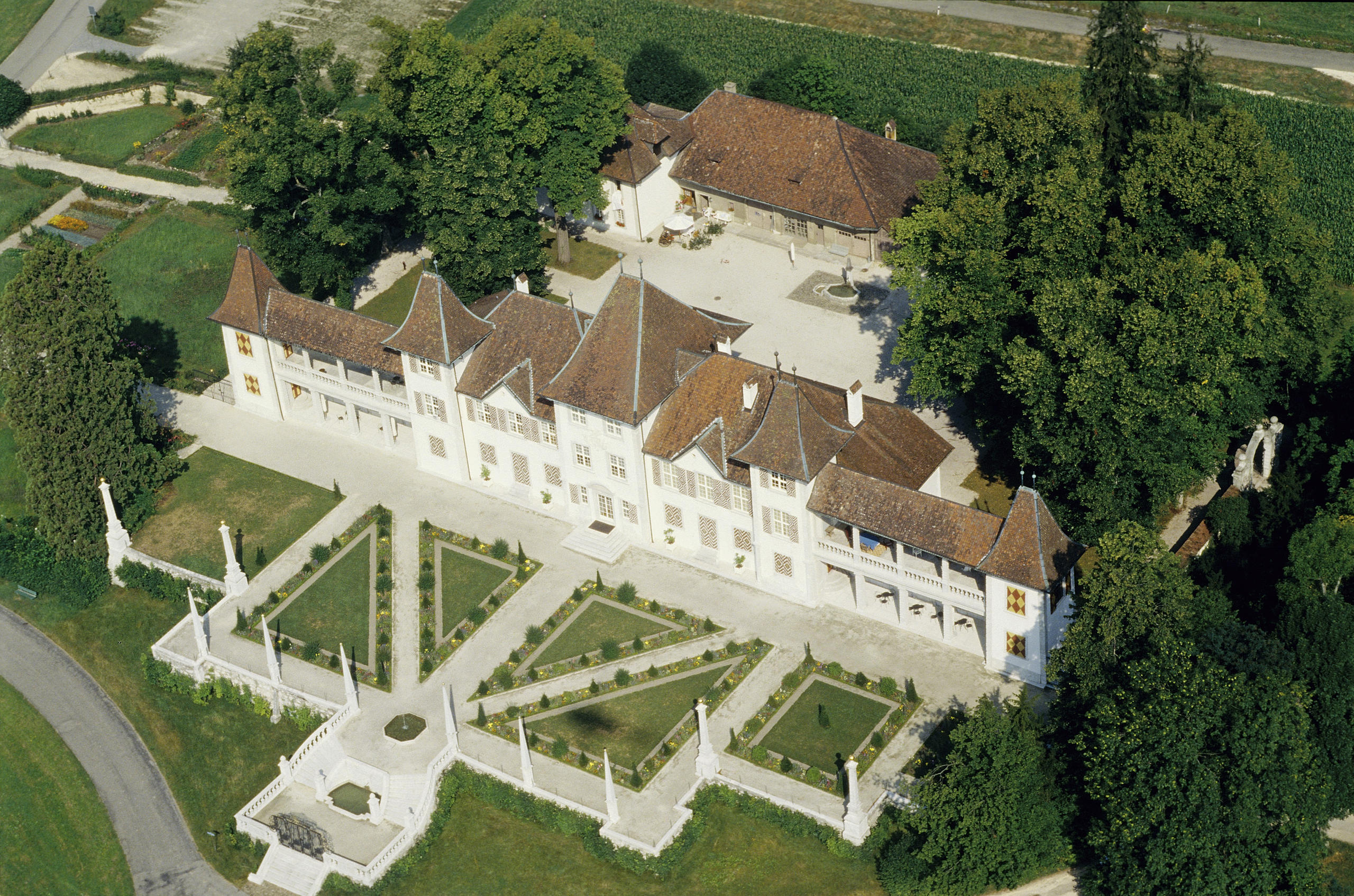
The Waldegg Castle complex is one of the most distinctive Baroque constructions in Switzerland. The magnificent rooms of the palace, which was built at the end of the 17th century, are largely decked out with the original furnishings. The abundant gardens also reveal the extent to which the Solothurn patriarchy of the time emulated the lifestyle of the French aristocracy. A mini-Versailles à la Suisse.
Edition Nr. 977, 2015
The last straw house
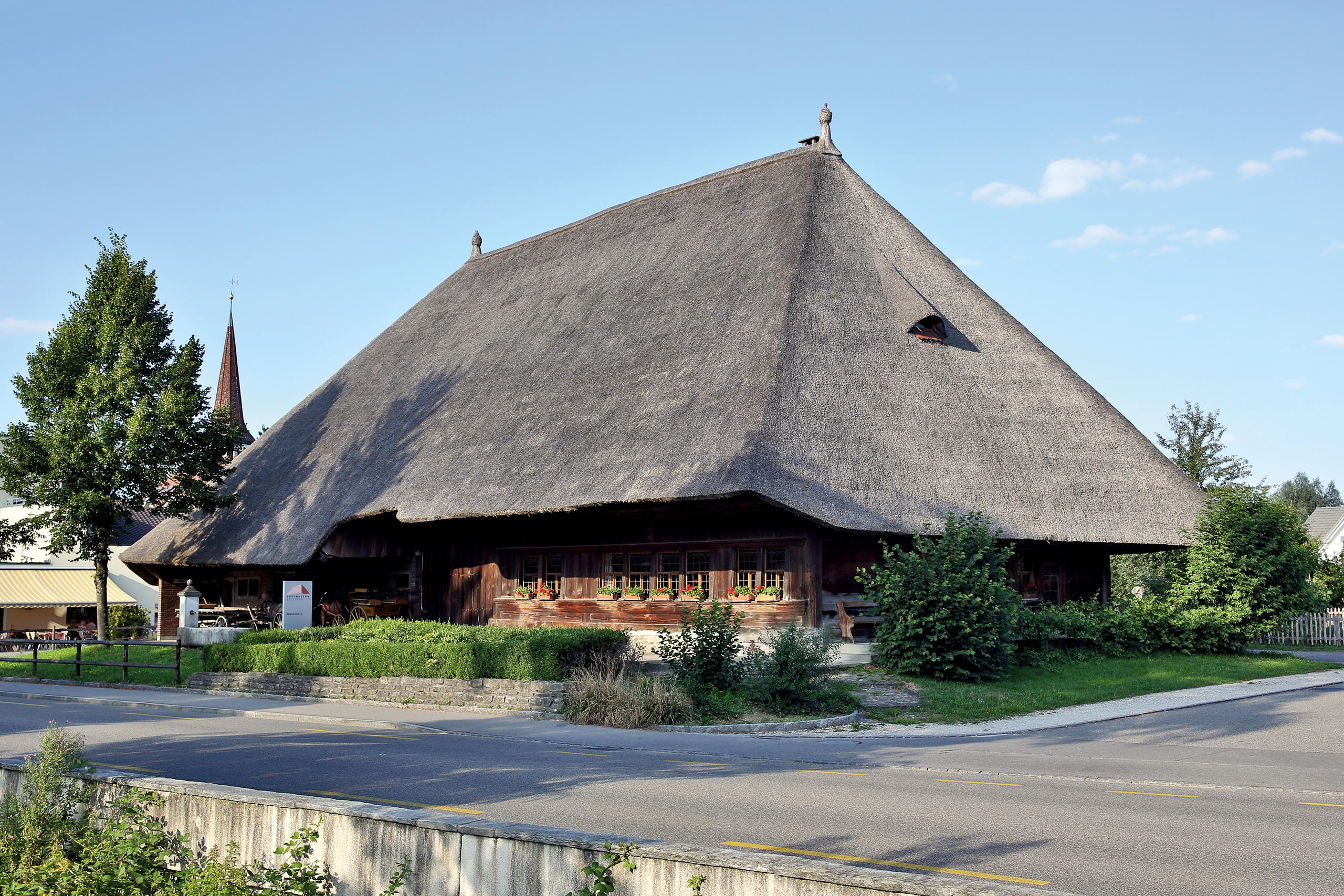
In central Switzerland, farmhouses were thatched with straw until the 19th century. One of the last surviving thatched houses in Switzerland is in Kölliken in Canton Aargau. The “Salzmehus”, with its steep, overhanging hipped roof, is absolutely typical of the building methods of the time. Since its construction in 1802, it has been continually modernised as electricity, baths or a stable wing were installed. Despite this, the traditional house has hardly been altered.
Edition Nr. 953, 2014
From grand hotel to temple of culture
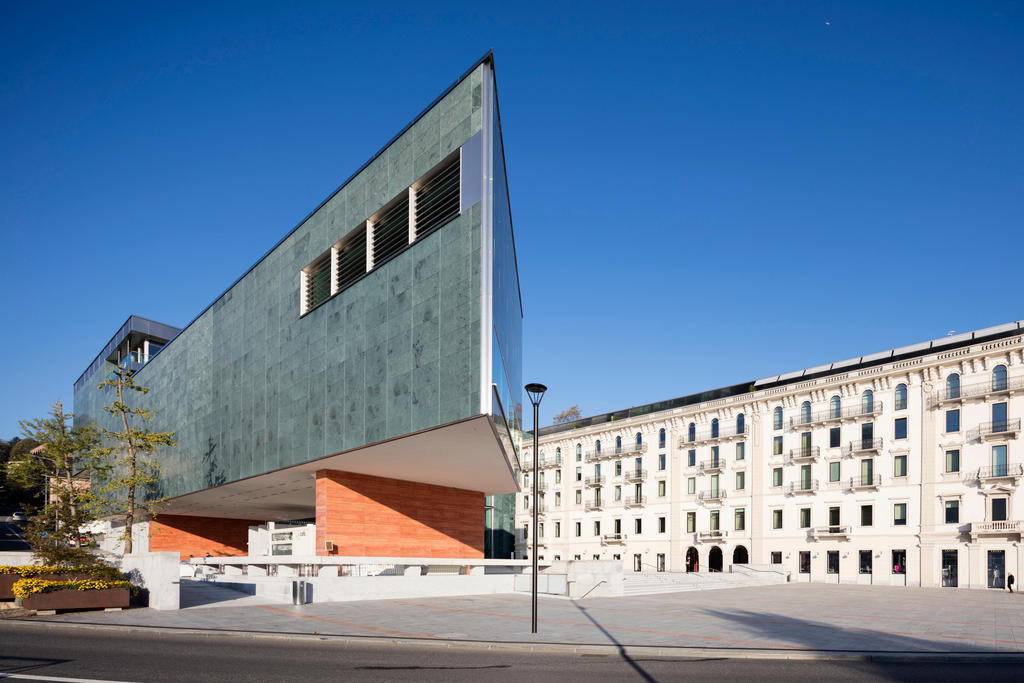
Around 1850, many hotels sprung up in Switzerland. The Hôtel du Parc, which was later to become the Grand Hotel Palace, was erected directly on the lakeshore in Lugano. For a long time, it was a luxurious magnet for tourists in the region. After its closure in 1969, it stood empty for decades, slowly decaying. The city of Lugano finally bought the imposing hotel and expanded it to become the LAC Culture Centre in 2000. Today, the original, restored facades blend with spectacular contemporary architecture.
Edition Nr. 978-979, 2015
Greetings from Leonardo Da Vinci
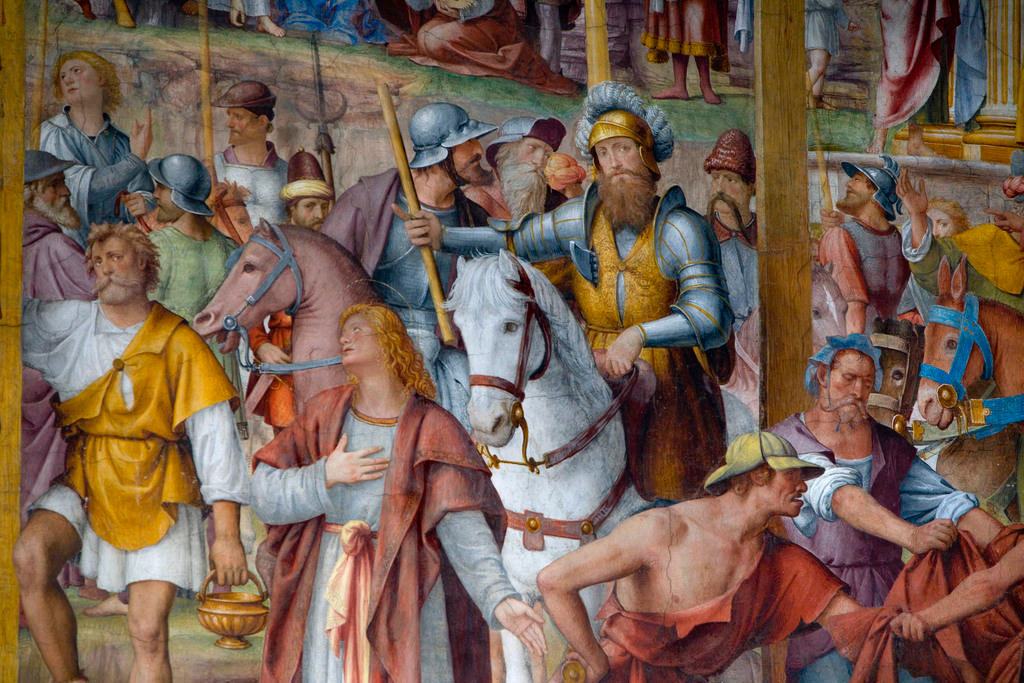
Right next to the new Lugano LAC Culture Centre and the former Grand Hotel Palace is the Santa Maria Degli Angeli monastery and church. As an ensemble, these buildings recount 500 years of city history. Particularly impressive are the frescoes by Bernardino Luinis, dating from the year 1529. The central, 110-square-metre rood screen shows the passion of Christ in radiant colours. A masterpiece of Neoclassicism.
Edition Nr. 978-979, 2015
All change at the station
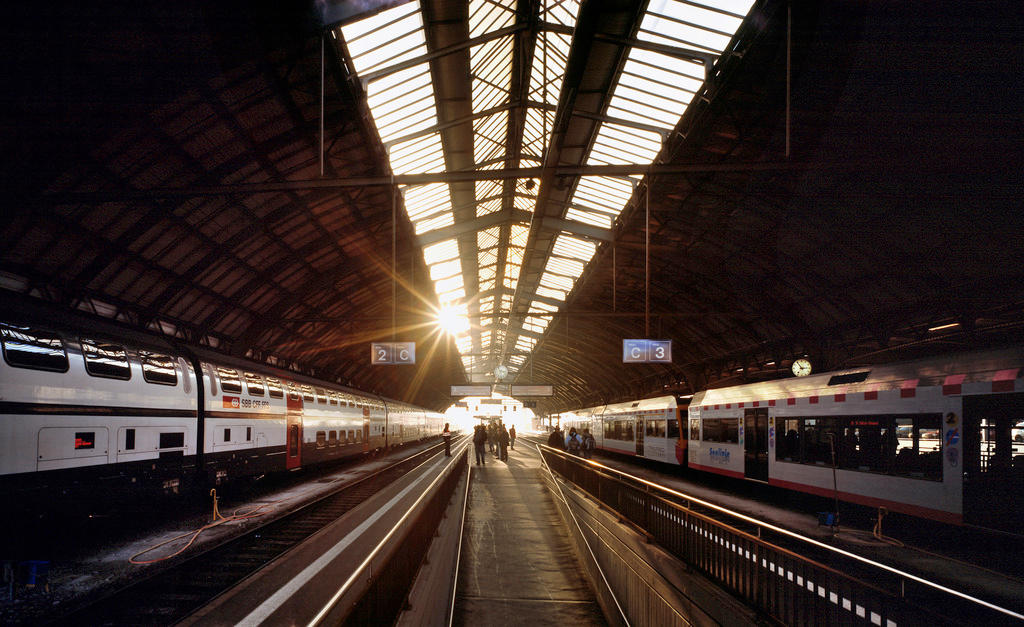
The famous Abbey Library is not the only imposing building St Gallen has to offer. The rail station, built with Baroque pomp in 1913, also stands out. It accommodates the last large free-standing roofed train-shed in Switzerland. The next chapter in its history is about to open: Swiss Railways is adding a glass arrivals hall to the venerable old building, to be completed in 2018.
Edition Nr. 950, 2013
What’s the most memorable or beautiful work of art that you’ve seen in Switzerland? Tell us in the comments below.
Schweizerische Kunstführer – 1,000 Editions
The “Schweizerische Kunstführer”, or Art Guide to Switzerland, has researched and published information about the monuments and architectural sights of Switzerland since 1936. Usually about 45 pages long and in A5 size, each pamphlet contains an expert description of one monument. Editions often appear in several national languages; some of them are also translated into English, Spanish, Chinese and Japanese.
In the first decades, the focus was on cathedrals and monasteries. Since the 1950s, castles, town halls, stately homes, industrial buildings, museums, historic transport and universities have been added to the repertoire. With over five million pamphlets sold, the Schweizerische Kunstführer is the best-selling series in Switzerland. In common with other media, this very traditional publication has had to change with the times, so since 2015, the art guide has also appeared in digital form. For fans of architecture there is also an app: “Swiss Art To Go.” The 1,000th edition of the art guide will be published in September. The publisher is the Gesellschaft für Schweizerische Kunstgeschichte (the Society for Swiss Art History).
Translated from German by Catherine Hickley

In compliance with the JTI standards
More: SWI swissinfo.ch certified by the Journalism Trust Initiative




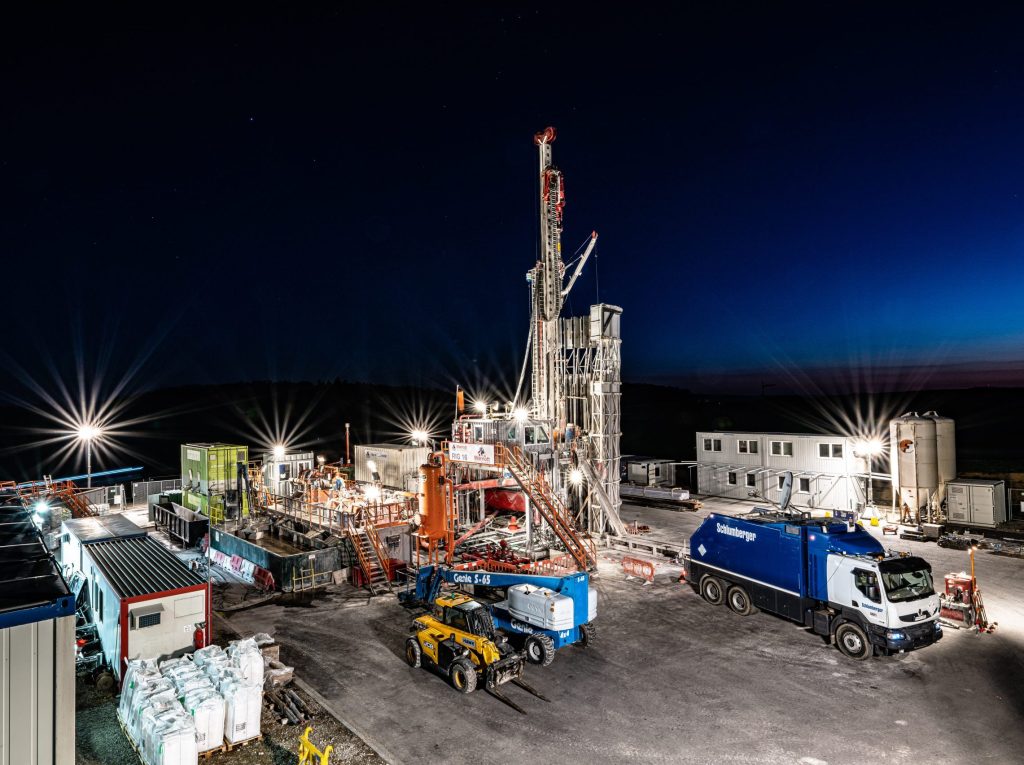



You can find an overview of ongoing debates with our journalists here . Please join us!
If you want to start a conversation about a topic raised in this article or want to report factual errors, email us at english@swissinfo.ch.